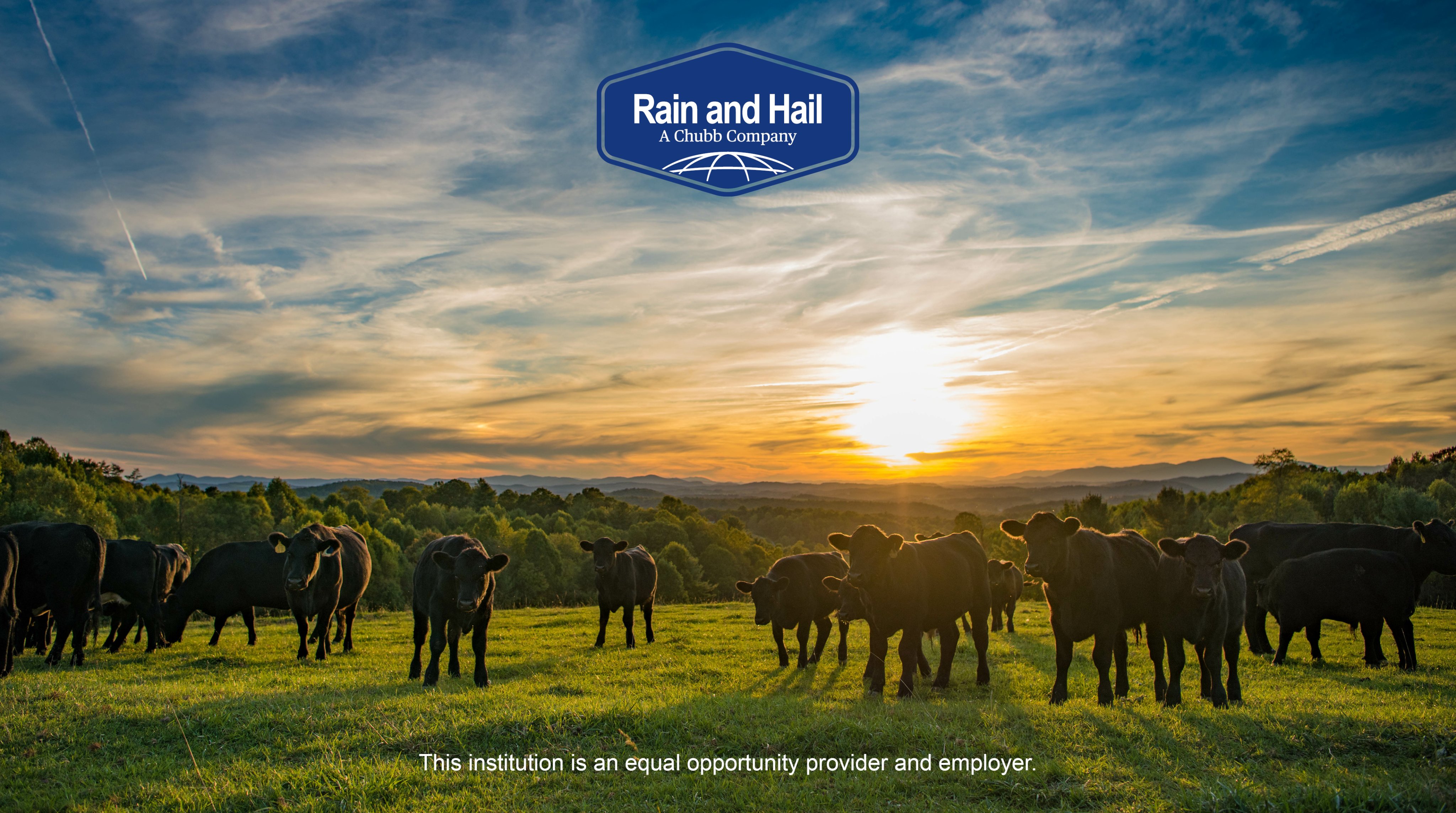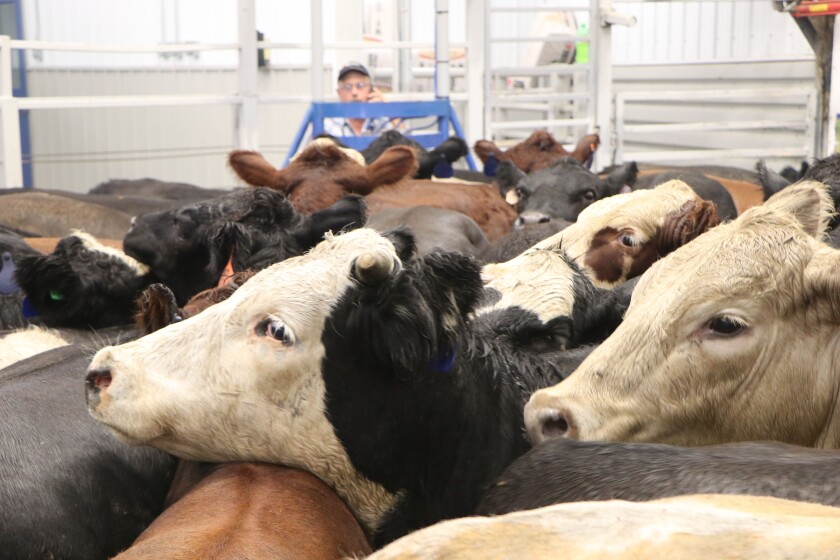Protecting Success: Bagley Risk Management Services
Protecting Success: Bagley Risk Management Services
Blog Article
Key Aspects to Take Into Consideration When Picking Livestock Threat Security (LRP) Insurance Policy
When reviewing options for Livestock Risk Security (LRP) insurance, a number of vital factors require careful consideration to guarantee efficient danger administration in the agricultural industry. Choosing the best coverage options tailored to your specific animals procedure is vital, as is comprehending exactly how superior costs correlate with the degree of defense used. Furthermore, the eligibility criteria for different kinds of animals and the adaptability of the policy to adapt to changing conditions are crucial components to consider. In addition, the performance and transparency of the claims process can significantly influence the total experience and monetary end results for livestock producers. By tactically navigating these essential aspects, producers can guard their investments and mitigate prospective risks properly.
Coverage Options
When taking into consideration Livestock Danger Defense (LRP) insurance, it is vital to recognize the various protection options available to alleviate risks in the agricultural industry. Animals Threat Protection (LRP) insurance coverage uses various coverage choices tailored to fulfill the diverse requirements of animals manufacturers. Bagley Risk Management. Among the main protection choices is price coverage, which secures against a decline in market value. Manufacturers can pick the coverage level that aligns with their price risk management goals, enabling them to protect their operations against prospective monetary losses.
An additional essential insurance coverage alternative is the endorsement duration, which establishes the length of time the protection holds. Manufacturers can choose the endorsement duration that ideal matches their production cycle and market conditions. Additionally, insurance coverage levels and rates differ based upon the sort of animals being guaranteed, giving manufacturers the versatility to customize their insurance policy prepares according to their particular requirements.
Recognizing the different coverage alternatives available under Animals Danger Protection (LRP) insurance policy is vital for producers to make enlightened choices that efficiently protect their animals operations from market uncertainties.
Premium Prices

Animals Danger Defense (LRP) insurance offers crucial protection alternatives customized to mitigate dangers in the farming industry, with a considerable element to take into consideration being the estimation and structure of premium prices. When figuring out premium expenses for LRP insurance coverage, numerous factors enter play. These consist of the kind and number of animals being insured, the insurance coverage level selected, the existing market rates, historical price data, and the length of the insurance coverage period. Insurers may likewise consider the location of the farm, as geographic elements can influence the general threat profile.
Insurance providers assess historical information on animals costs and manufacturing prices to identify an ideal premium that mirrors the degree of risk included. It is vital for animals producers to carefully review premium costs and protection alternatives to ensure they are adequately safeguarded versus prospective economic losses due to damaging market conditions or unanticipated occasions.
Qualified Livestock
The decision of eligible animals for Animals Risk Protection (LRP) insurance policy protection entails careful factor to consider of particular standards and features. Livestock kinds that are typically qualified for LRP insurance include feeder livestock, fed lambs, livestock, and swine. These pets must meet specific qualifications connected to weight ranges, age, and intended use. Additionally, the qualification of animals might vary based on the specific insurance coverage supplier and the regards to the policy.
Feeder cattle, for example, are generally qualified for LRP insurance coverage if they drop within defined weight arrays. Fed livestock might likewise be eligible, but they must satisfy certain weight and top quality grade needs. Swine eligible for coverage usually consist of market weight pets planned for slaughter. Lambs are another group of animals that can be thought about for LRP insurance, with variables such as weight and age playing a critical function in determining their qualification.
Before picking LRP insurance for animals, producers ought to meticulously evaluate the qualification criteria detailed by the insurance policy company to guarantee their animals meet the needed needs for coverage.
Policy Adaptability
Plan adaptability in Livestock Risk Protection (LRP) insurance permits producers to tailor insurance coverage to fit their particular demands and run the risk of administration techniques. This flexibility empowers livestock manufacturers to customize their insurance policies based on factors such as the kind of livestock they own, market conditions, and specific danger tolerance degrees. By providing personalized choices, LRP insurance enables manufacturers to effectively handle their danger direct exposure while protecting their animals procedures against unanticipated market volatility.
Claims Process
Upon experiencing a loss or damages, producers can start the cases process for their Livestock Threat Protection (LRP) insurance coverage by promptly contacting their insurance coverage supplier. It is crucial for producers to report the loss as quickly as feasible to expedite the claims process. When getting to out to the insurance policy provider, producers will require to provide comprehensive info concerning the case, including the date, nature of the loss, and any type of pertinent documents such as vet documents or market value.

After the analysis is total, the insurance policy provider will make a choice concerning the case and communicate the outcome to the manufacturer. page The manufacturer will certainly receive payment according to the terms of their Animals Risk Security (LRP) insurance coverage policy if the insurance claim is accepted. It is necessary for manufacturers to be accustomed to the insurance claims procedure to ensure a smooth experience in the event of a loss

Final Thought
To conclude, when picking Animals Threat Defense (LRP) insurance policy, it is important to consider protection choices, premium expenses, eligible livestock, policy flexibility, and the cases procedure. These vital variables will certainly assist make sure that farmers and breeders are effectively secured against prospective risks and losses connected with their animals procedures. Making a notified decision based on these factors to consider can inevitably cause much better financial security and comfort for animals manufacturers.
Livestock Risk Defense (LRP) insurance coverage uses different coverage alternatives customized to meet the varied requirements of livestock manufacturers.The resolution of qualified livestock for Animals Threat Protection (LRP) insurance policy protection includes mindful factor to consider of specific standards and attributes.Policy adaptability in Livestock Risk Defense (LRP) insurance permits producers to customize protection to suit their certain needs and take the chance of management approaches.Upon experiencing a loss or damage, manufacturers can initiate the cases process for their Animals Risk Security (LRP) insurance policy by quickly calling Homepage their insurance provider.In final thought, when picking Livestock Danger Defense (LRP) insurance coverage, it is essential to think about insurance coverage options, premium expenses, eligible livestock, plan flexibility, and the insurance claims procedure.
Report this page